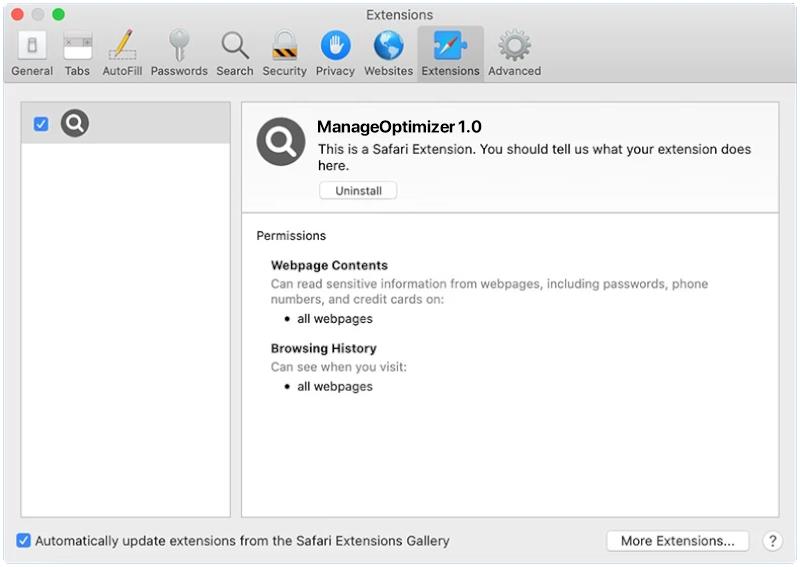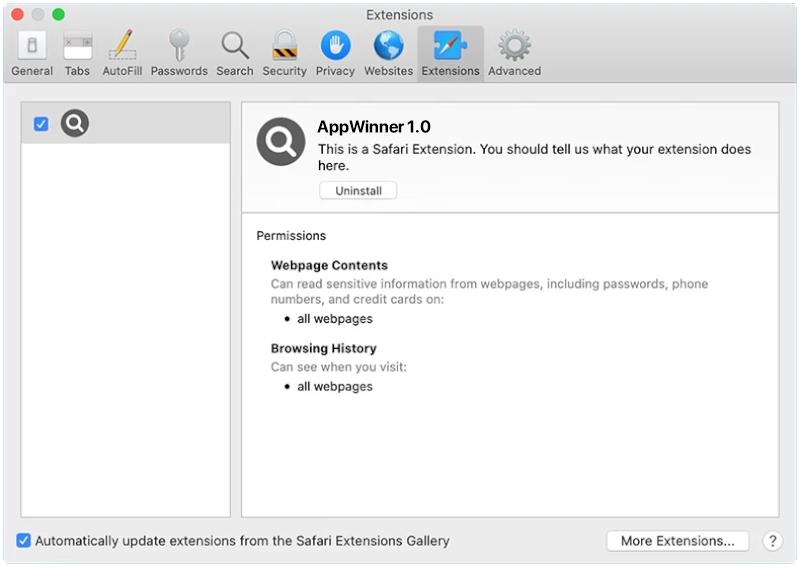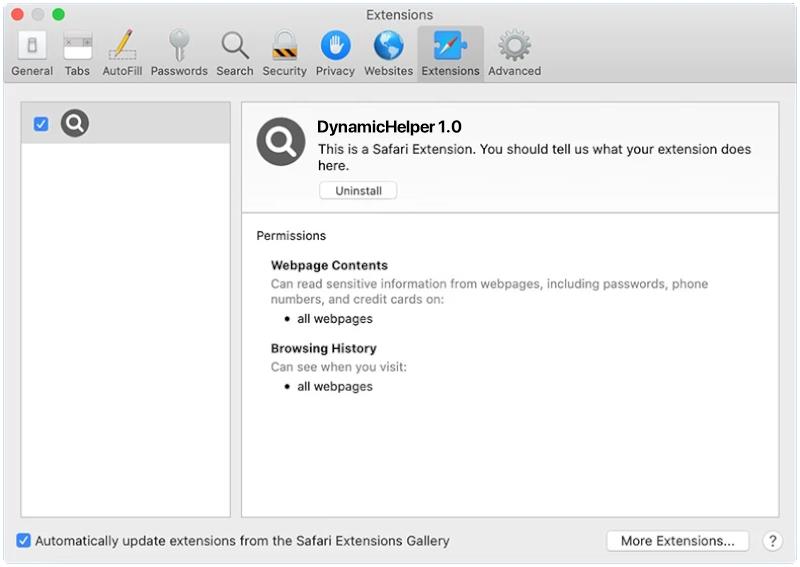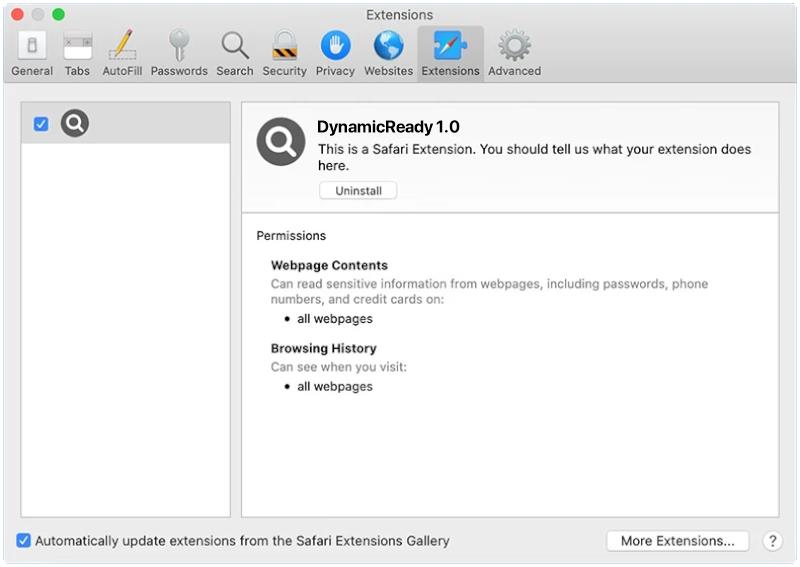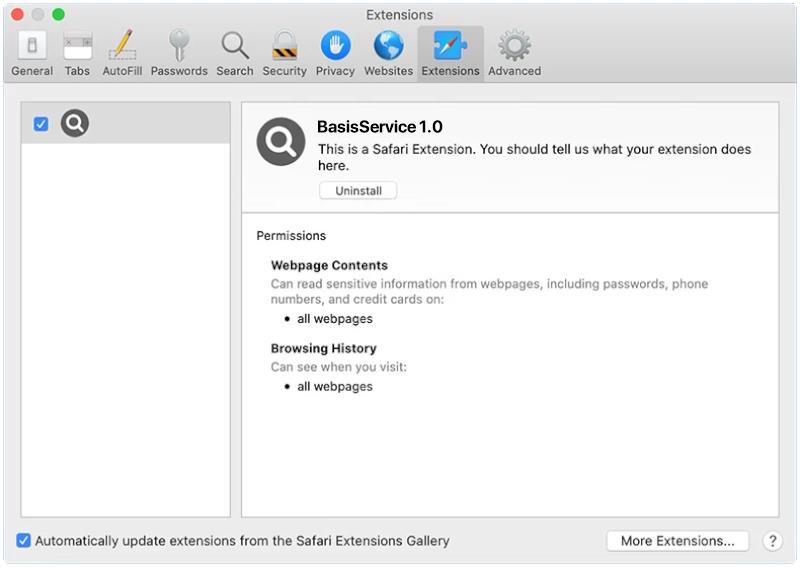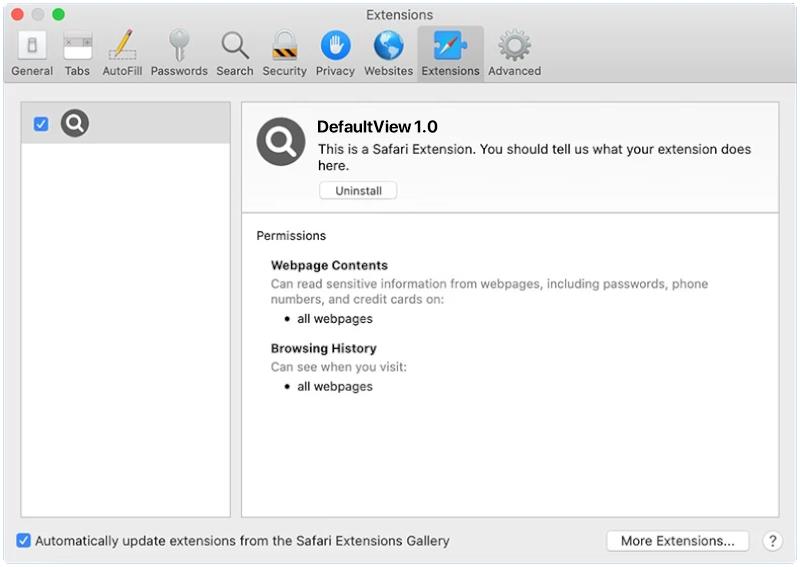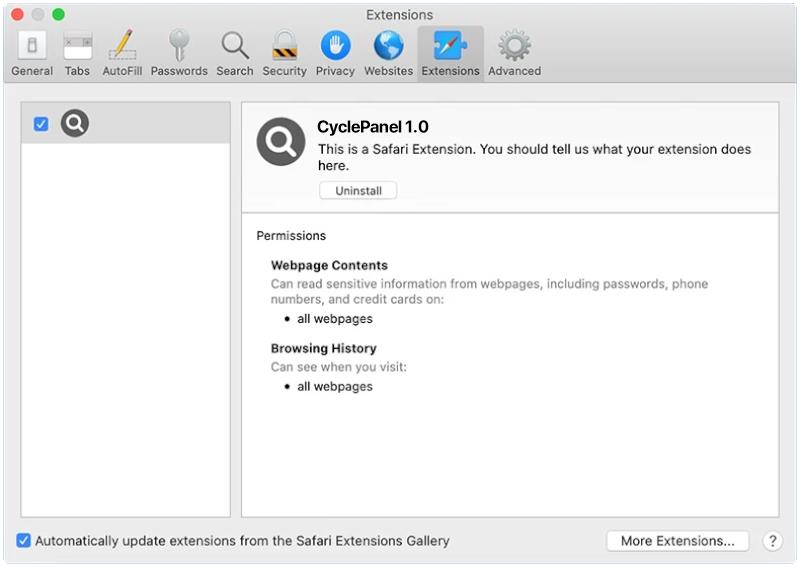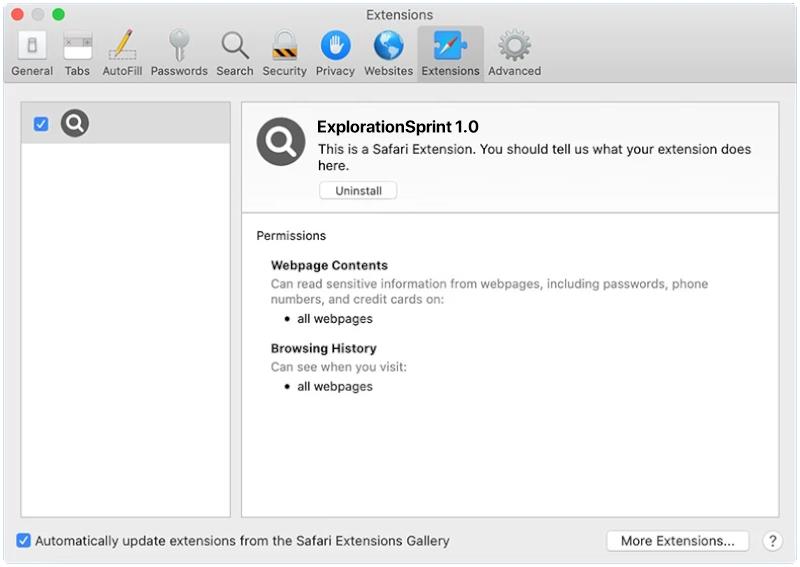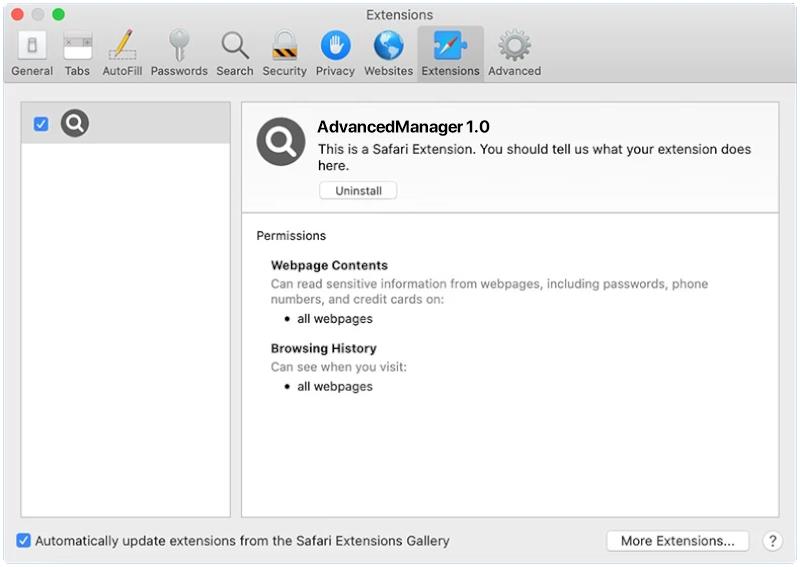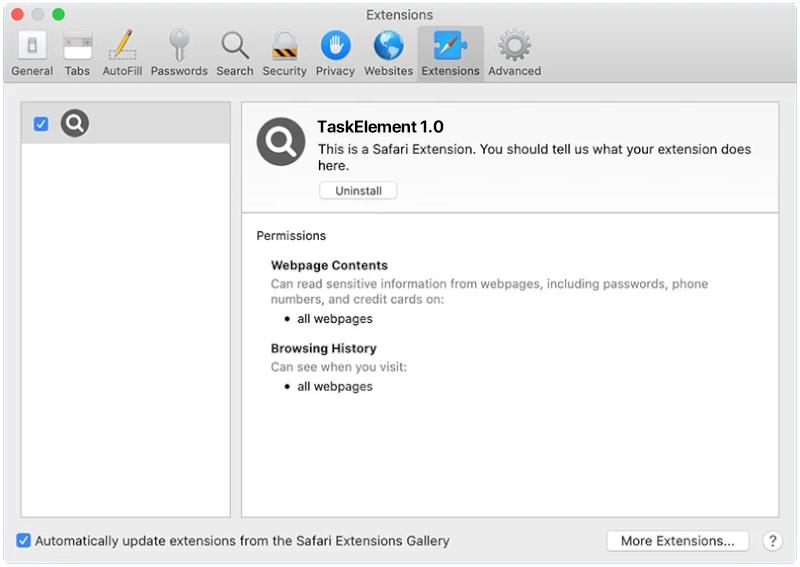ManageOptimizer is a potentially unwanted program (PUP) that claims to optimize the performance of Mac computers by cleaning up junk files, removing unnecessary applications, and improving system speed. However, ManageOptimizer often infiltrates Mac systems through deceptive methods such as software bundling, fake updates, or misleading advertisements. Once installed, ManageOptimizer may display intrusive pop-up ads, cause browser redirects, and collect user data without consent.
ManageOptimizer can infect Mac computers by tricking users into downloading and installing the program through deceptive tactics. For example, users may inadvertently install ManageOptimizer when downloading free software from unreliable sources, as the program may be bundled with other software. Additionally, ManageOptimizer may also be distributed through fake software updates or malicious advertisements that prompt users to click on a link or download a file, leading to the installation of the unwanted program on their Mac system.

